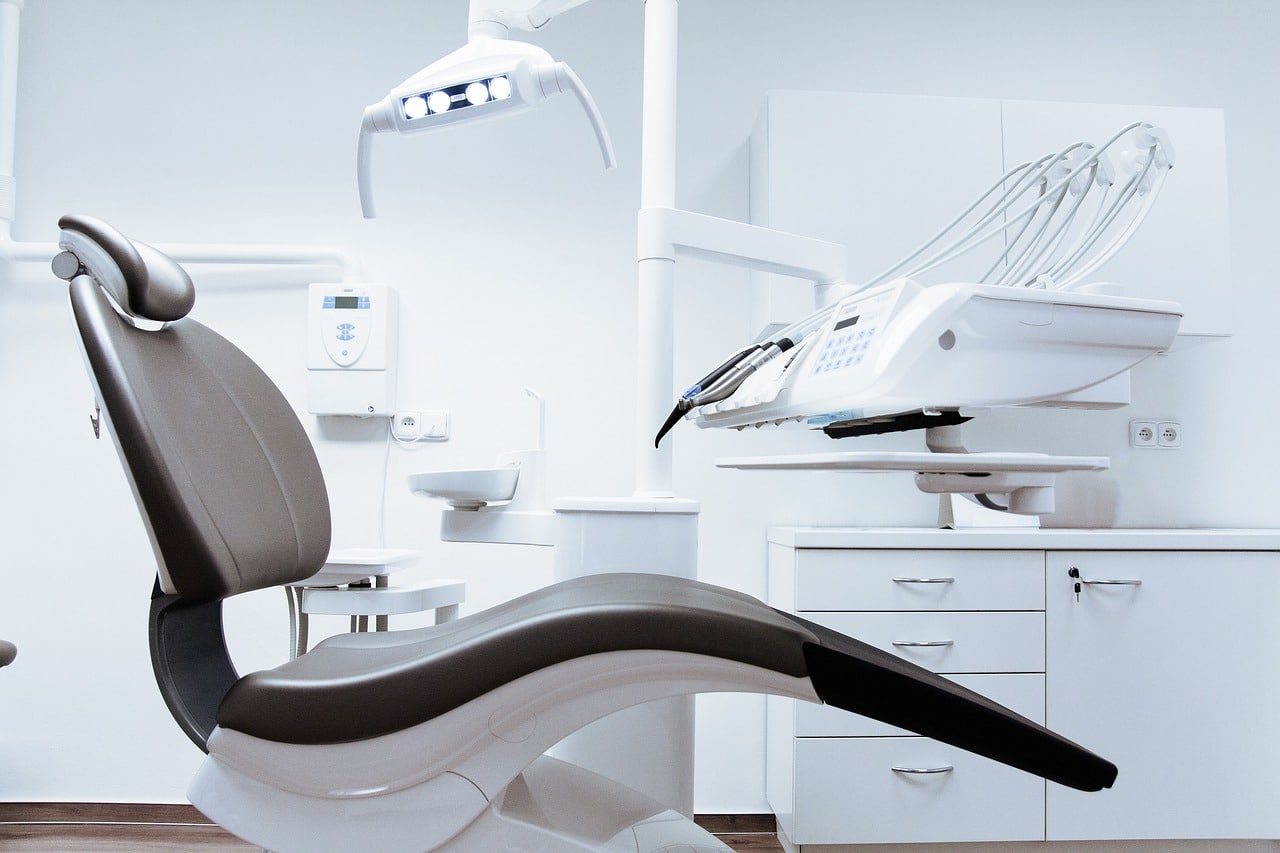The 1970s marked a significant period of progress and innovation in dental technology
The 1970s marked a significant period of progress and innovation in dental technology, with several key advancements shaping the landscape of modern dentistry. During this decade, advancements in materials, tools, and techniques began to revolutionize the way dental professionals approached patient care and treatment.
One of the most impactful advancements in the 1970s was the introduction of adhesive dentistry. This development led to the widespread adoption of dental adhesives and composite resins for filling cavities. These materials offered improved bonding capabilities, allowing for more conservative restorations and reduced reliance on traditional metal amalgam fillings. As a result, patients could benefit from more aesthetically pleasing and minimally invasive dental treatments.
The 1970s also saw the emergence of more sophisticated dental imaging technology. Panoramic radiography became more widely utilized, providing comprehensive views of the entire dentition and surrounding structures. This allowed for more accurate diagnosis and treatment planning, particularly for complex cases requiring full-mouth rehabilitation or oral surgery.
Furthermore, the development of rotary instrumentation, such as high-speed dental handpieces and rotary endodontic tools, improved the efficiency and precision of dental procedures. These tools enabled faster and more controlled tooth preparation and root canal treatment, ultimately enhancing the patient experience and clinical outcomes.
In addition to advancements in clinical technologies, the 1970s also witnessed the early stages of computerization in dentistry. The introduction of computer systems for practice management and administrative tasks laid the foundation for the digitalization of patient records, scheduling, and billing processes, streamlining the operations of dental practices and improving overall efficiency.
Overall, the 1970s laid the groundwork for many of the modern dental technologies and treatment approaches we rely on today. The decade’s focus on minimally invasive techniques, improved materials, and the integration of digital tools set the stage for continued innovation and progress in the field of dentistry.
The information provided in this blog is intended for general informational purposes only and should not be construed as professional dental advice. Readers are advised to consult with a qualified dental professional or healthcare provider for personalized dental care recommendations, diagnosis, or treatment. The content of this blog does not replace, supersede, or constitute a professional relationship with a licensed dental practitioner. Any reliance upon the information presented in this blog is at the reader’s own risk. The author and publisher of this blog are not liable for any adverse outcomes or damages resulting from the application of information provided herein. Additionally, dental care practices and standards may vary by location, and readers are encouraged to seek guidance from local dental professionals for specific dental care needs and considerations.


